Every season we like to pick one ingredient and find a variety of ways to love it and use it. You can find our complete ingredient archive here.
After putting a spotlight on rosemary last spring and mint this past summer, we’re turning our attention away from herbs and focusing on one of our favorite fall fruits : the apple! Get ready for a slew of apple posts; we have plans for everything from pies and crisps to butters and sauces. We’ll probably throw in a trip to an orchard or two, some cider tasting, and some apple crafts. But today we’re just going to start with the facts.
Biology
Today apples are grown and eaten throughout the world from wild ancestors originated in the mountains of Central Asia (in areas that are today part of Kazakhstan, Kyrgyzstan, Tajikistan, and parts of China), although not all historians agree with that location. It is believed that the apple tree is one of the earliest if not the first tree to be cultivated by humans, and over thousands of years now produces larger and sweeter fruit than the wild varieties.
Apples grow on deciduous trees in the wild and in managed orchards, but how they reproduce in those two locations is not the same. In the wild, new trees grow readily from seeds. Because of the genetic mixing and recombining that occurs when an apple blossom is pollinated and the seed is forming, the wild offspring produce apples that are very different from both parents – not ideal if you are trying to produce a consistent fruit for eating. As a result, the apple trees that you see in orchards and for sale in nurseries are created by grafting a portion of an apple tree with the desired fruit variety onto donor rootstock (roots from a donor plant that have qualities you want in terms of size, soil tolerance, etc).
Generally, apple trees are self-incompatable pollinators, this means that they require pollination from a different variety of apple to produce seeds and trigger the production of the fruit. But you can’t just pick any old apple tree for pollination – you have to make sure you have two trees that flower at the same time. Apple varieties flower at different times throughout the spring, and require pollen from a different type of apple tree that is also flowering at the same time. When shopping for apple trees, you will see that they are organized into pollination groups, which signifies the coordination of their flowering. In addition to timing, there are also some apple trees that are triploids, meaning they have three sets of chromosomes, and these trees are incapable of pollenating any other apple trees. Crazy, huh?!
Once pollenated, the tree’s fruit will grow all summer and be ready to harvest anytime from late summer to early fall. A mature tree, which measures anywhere from 6-15ft tall in an orchard, can produce anywhere from 80 to over 400 lbs of fruit in a season!
History
As I mentioned above, humans have been cultivating apples for thousands of years. While there are some disputes, it is commonly believed that the Romans were the first to realize that the wild apples could be cultivated into something larger and less sour than the wild varieties. There is documentation that within the Roman era as many as 37 distinct varieties were created, and as you’ll see below, the increase in cultivated varieties occurred slowly from the Roman era through the 1800s, only to expand rapidly in the last 200 years.
Apples were introduced to North America in the 17th century. I think many of us are familiar with the story of Johnny Appleseed (John Chapman)- traveling across the country and planting apple seeds as he went. Knowing that the planted seeds will produce apples within unknown, but often unappetizing traits, why would he plant them? During some settlement periods, settlers were required to plant orchards of apple or pear trees in order to maintain a claim on the land. Johnny Appleseed created nurseries of apple trees that he left in the care of neighbors who would sell the trees to the homesteaders who were looking to create their orchards. The settlers were happy to have trees producing sour apples because they were used to make hard cider and apple jack!
The United States is the second largest producer of apples behind China. Within the US, over 60% of our apples are grown in Washington State. If you’d like to learn more about the history of the Washington apple industry check out this blog. New York ranks second in US apple production followed by Michigan, PA (woohoo!), and California rounding out the top five.
Varieties
When looking at the growth in apple varieties, much of our information comes from the records of naturalists, horticulturalists, and nursery catalogs. There were 37 varieties named by a Roman statesmen in the year 23 CE (common era), and by the end of the 17th century the number had climbed to just under 100. By the mid-1800s there were 643 varieties, and today there are over 7,500!
With so many varieties in existence, I thought it would be easiest to limit this discussion to the top varieties produced in the US.
The top five varieties grown in Washington state are:
- Red Delicious – classic snacking apple
- Golden Delicious – great for snacking, baking, and salads
- Gala – crisp snacking apple
- Fuji – super sweet and crisp snacking apple from Japan
- Granny Smith – tart and a baking favorite from Australia and named after the Granny who cultivated it from a seedling!
The top five varieties grown in New York state are:
- McIntosh – tart flavor with a tender flesh, perfect for snacking and baking
- Empire – cross between a McIntosh and Red Delicious and as such are perfect for snacking and baking
- Red Delicious – classic snacking apple
- Cortland – cross between McIntosh and Ben Davis producing a sweet apple perfect for snacking and baking
- Golden Delicious – great for snacking, baking, and salads
I love the flavor of the McIntosh but not its mealy (soft) texture, so recently I’ve started to eat a lot more Empires. But I’m realizing that there are so many apples out there and I have not done enough sampling, so I’m thinking that a blind taste test to pick out some new favorites is in order! What about you? What are your favorites? something common that didn’t make our lists or do you go for the more obscure? Sarah’s new favorite (as of last fall) is the Jonagold. It is a cross between a Golden Delicious and a Jonathan and it is also one of those crazy triploids that I previously mentioned.
Tell us all of your favorite apple bits and bobs in the comments. Any fun apple facts? favorite uses and recipes? We want to hear and we can’t wait to share ours!

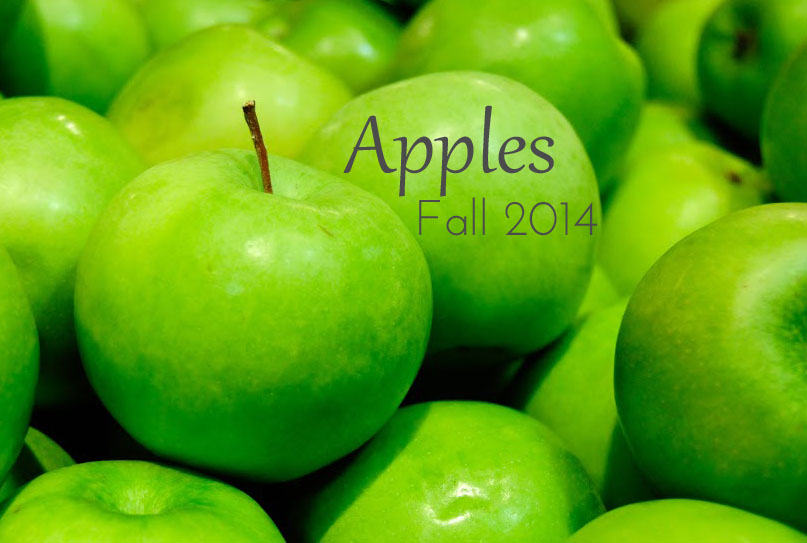


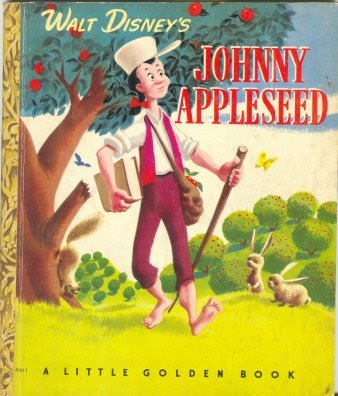
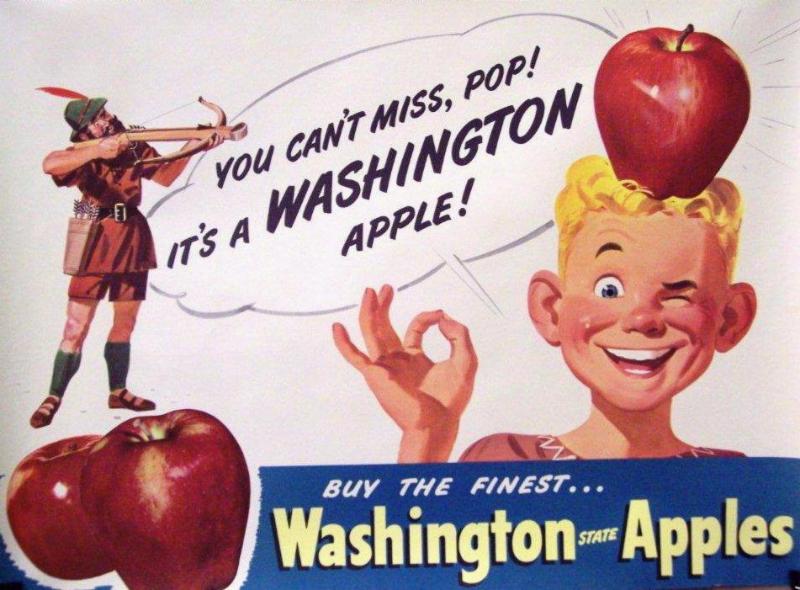
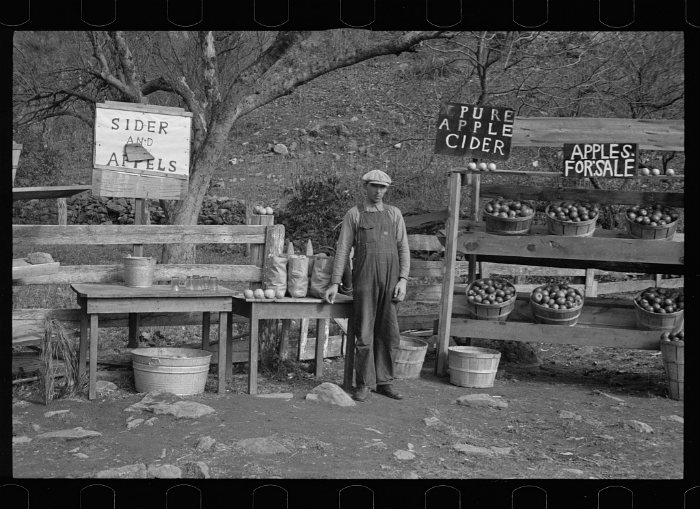
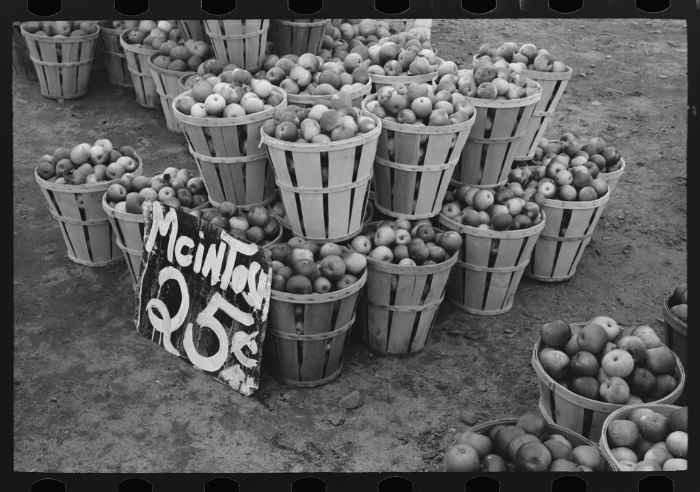
I like Cortland for cooking and Pink Lady for eating. You might want to suggest Michael Pollan’ s book ” The Botany of Desire” as a fall read.
We’re going to do a blink apple taste test when you guys get out here – should be fun! I almost mentioned Pollan’s book in this post, definitely will include it in a post at some point.
can’t wait to see what you have in store for the fall! we’re planning a picking trip, so we’ll need lots of ideas.
Ooh, pick extra for me! I’ve been looking up picking opportunities around us, and there are a few, but nothing like the PA/NY area. If you haven’t done it yet, definitely try your hand at apple butter – either in the electric roaster or a crock pot (I’ve always used the roaster). It’s so tasty and while there is a lot of cooking time, there’s relatively little work involved.